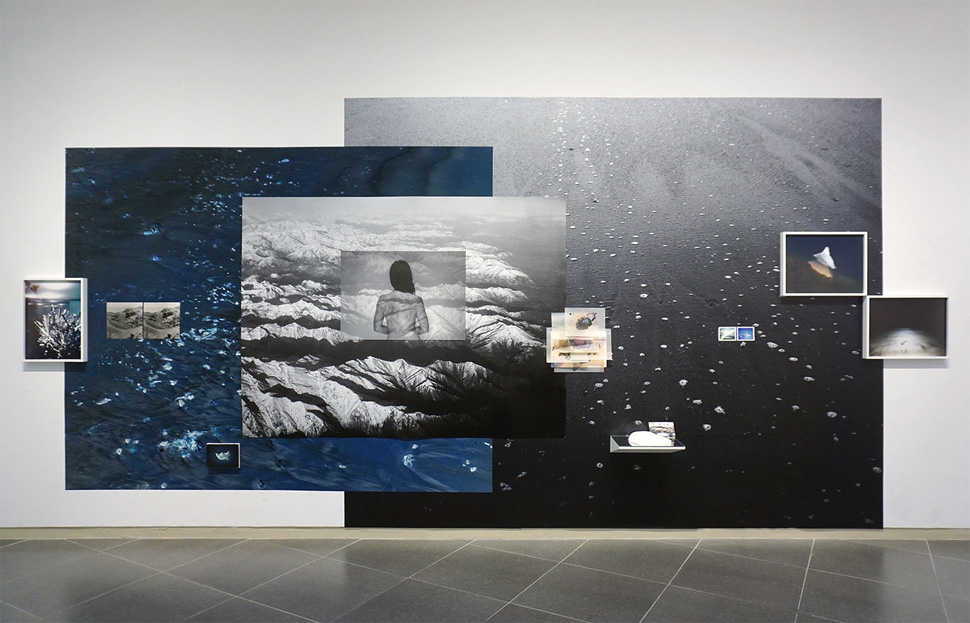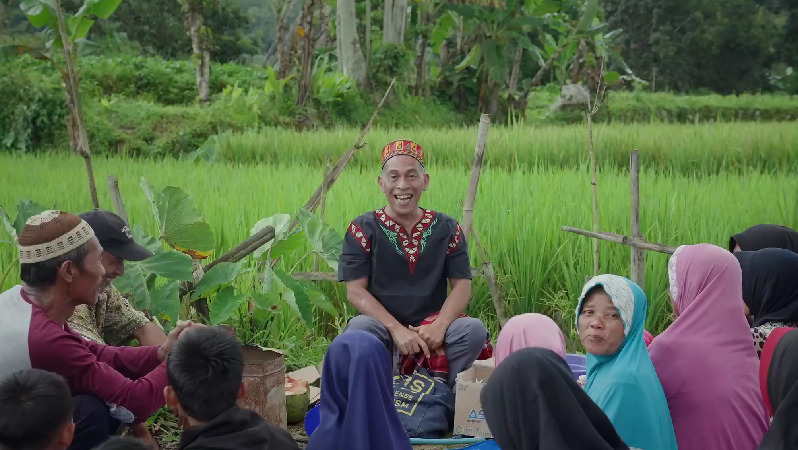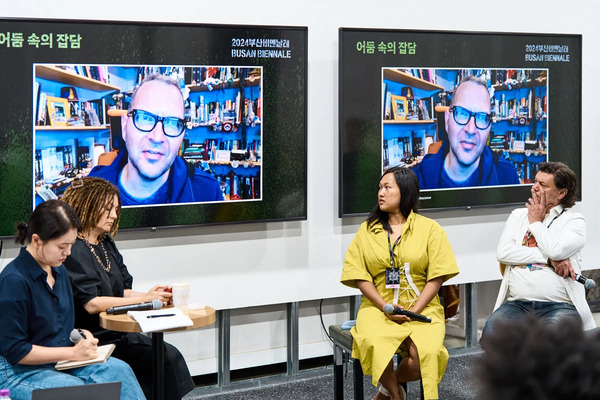In the second half of 2023, the Korean art scene is expected to become vibrant with various events. Notably, the country’s most significant art market will return to COEX. Frieze Seoul and Kiaf SEOUL, which created a buzz in the art scene when they were first held last year, will open their second joint art fair this year, starting on September 6 through September 10.
However, it is not just the art market that is bustling. While the Gwangju Biennale and Busan Biennale are among the most renowned events representing Korea, there are numerous distinctive biennales that focus intensively on various mediums and themes.
In the latter half of this year, the Daegu Photo Biennale will delve into the medium of photography.

Installation view: Josée Pedneault, 'Naevus,' Daegu Photo Biennale 2016. Photo by Design Jungle.
A biennale centered around the medium of photography is also being held in Korea. The Daegu Photo Biennale, which began in 2006 and is celebrating its 9th edition this year, has been reflecting on the role of contemporary photography and the originality of photographic art. Unlike previous editions, this year’s overall biennale is organized under the leadership of an artistic director, ensuring a harmonious connection between all the exhibitions that comprise the biennale. In the past, the artistic director only curated the main exhibition, and the rest of the exhibitions were organized by the Daegu Arts Center.
This year’s Daegu Photo Biennale, titled Again, with Photography, appointed Associate Professor Park Sang-woo from the Department of Aesthetics at Seoul National University, who specializes in photographic aesthetics, as the artistic director. The exhibition will take place at the Daegu Arts Center, Daegu Art Factory, Kyungpook National University Museum, and throughout the city of Daegu.
The theme of this year’s Daegu Photo Biennale, Again, with Photography, aims to highlight the intrinsic essence of photography, focusing on its characteristics, such as light, sensors, optics, instant capture, and enlargement in contemporary visual arts. The main theme of the exhibition explores the unique, expressive capabilities of photography in modern photographic art and contemplates the forgotten power of photography. The special exhibition delves into the unpredictable nature of photography, while the invited exhibition reflects on Daegu’s photographic history. Additionally, the special exhibition compares the past and present of Daegu’s residents.

















